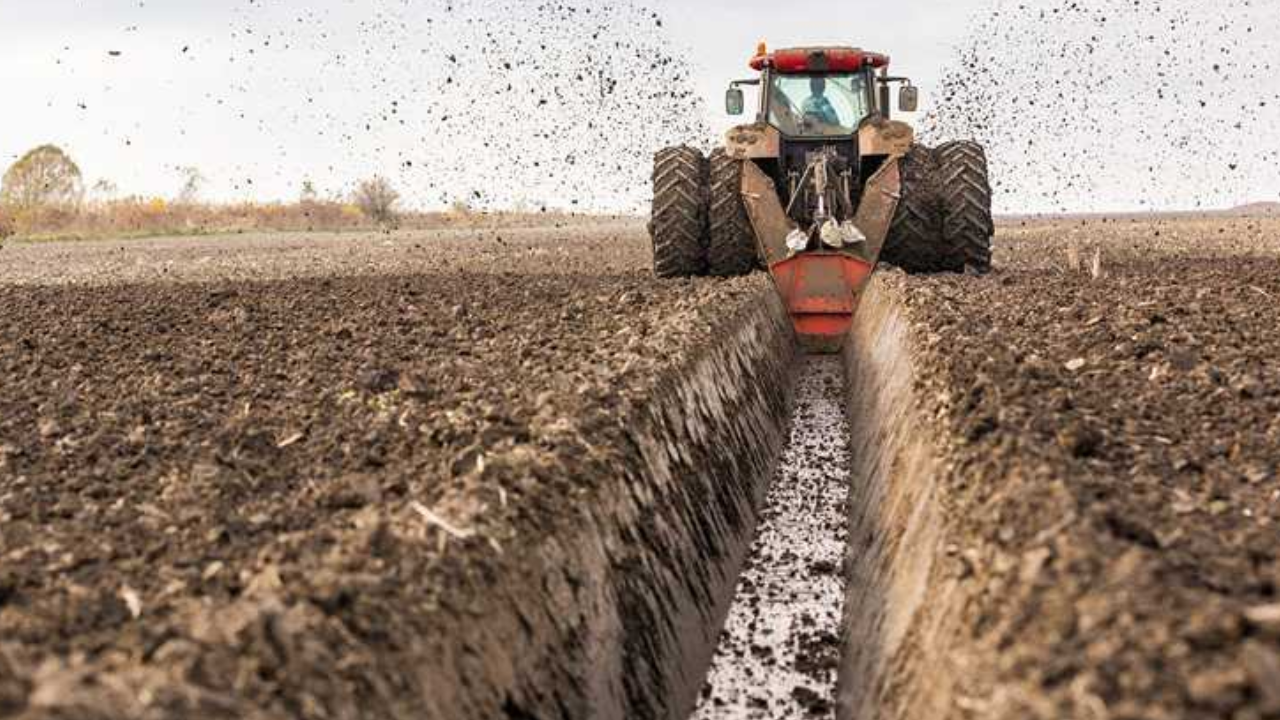In agricultural and landscaping equipment intended for cutting and mulching vegetation, flail mower teeth are vital parts. Usually constructed from sturdy materials like hardened steel, these teeth can resist the rigors of mowing dense vegetation. They can chop and shred grass, weeds, and small branches with ease thanks to their unusual form, which makes them resemble tiny hammers or blades.
These teeth are housed in the flail mower’s revolving drum or rotor, which offers a flexible and effective method of controlling vegetation. The longevity and best performance of the flail mower are guaranteed by routine maintenance, such as replacing worn-out teeth or sharpening them. Because of their durability and adaptability, flail mower teeth are an excellent piece of equipment for managing fields, orchards, and other green spaces.
How Often Should The Teeth On A Flail Mower Be Changed?
The type of vegetation, maintenance, and usage all affect how often flail mower teeth need to be replaced. Examine your teeth frequently for wear and damage. To ensure maximum cutting performance, replace them as necessary, usually when wear starts to show during routine inspections.
Parts of the Flail Mower Teeth
An instrument used in agriculture for chopping and shredding grass is the flail mower. The flail mower teeth are one of the main parts that it usually comprises. For chopping and mulching the plants, the teeth are essential. Flail mower teeth’s primary constituents are:
Blades or Knives:
The blades or knives are what drive the teeth of the flail mower. These are principally the cutting elements that cut through the foliage. To endure the rigors of cutting dense vegetation, flail mower blades are usually constructed of sturdy materials like hardened steel. The blades can have several designs; some have a T-shaped or Y-shaped blade. The particular application and the kind of plant the flail mower is meant to cut determine the design of the blade.
Flail (Hammer):
In a flail mower, the name “flail” describes the swinging or hammer-like structure that is fastened to the blades. A bracket holds the flails to the rotor, and they are hinged to permit unrestricted movement. The hammers give the blades the required impact force to enable them to cut through dense vegetation. The flails’ elasticity enables them to bounce off obstructions, lowering the possibility that the mower may sustain damage.
Rotor Component:
The main part that holds and joins the flail mower teeth is the rotor assembly. When connected to the power source, its shaft and bearings enable the rotor to spin quickly. The cutting efficiency is determined by the speed of the rotor, and excessive vibration and wear can be prevented by delicately balancing the teeth.
Bracket for Mounting:
The component that joins the rotor and flail is called the mounting bracket. It guarantees that the flail mower teeth are properly aligned and offers support. The mounting bracket’s precision and durability are crucial for preserving the system’s integrity while it’s in use.
Adjustment Mechanism:
A common feature of flail mowers is the ability to adjust the cutting height using an adjustment mechanism. The mechanism used to modify the mower deck’s height or the position of the back roller varies depending on the model. Flail mowers are adaptable to various vegetation types and terrains due to their adjustable cutting height feature.
Bearing and Bushing:
To facilitate smooth rotation and lower friction, bearings, and bushings are essential parts of the rotor assembly. To prolong the life of the flail mower and stop early wear, these parts must be properly lubricated. To keep the bearings and bushings in optimal condition, regular maintenance is required, which may include greasing or oiling.
Finally
The efficiency and longevity of these farming tools are largely dependent on the parts of flail mower teeth, which include the blades, mounting bracket, rotor assembly, adjustment mechanism, bearings, and safety measures. Flail mowers are multipurpose instruments for cutting and mulching vegetation in a variety of settings. However, for them to work at their best and last a long time, regular maintenance and attention to material quality are essential.
